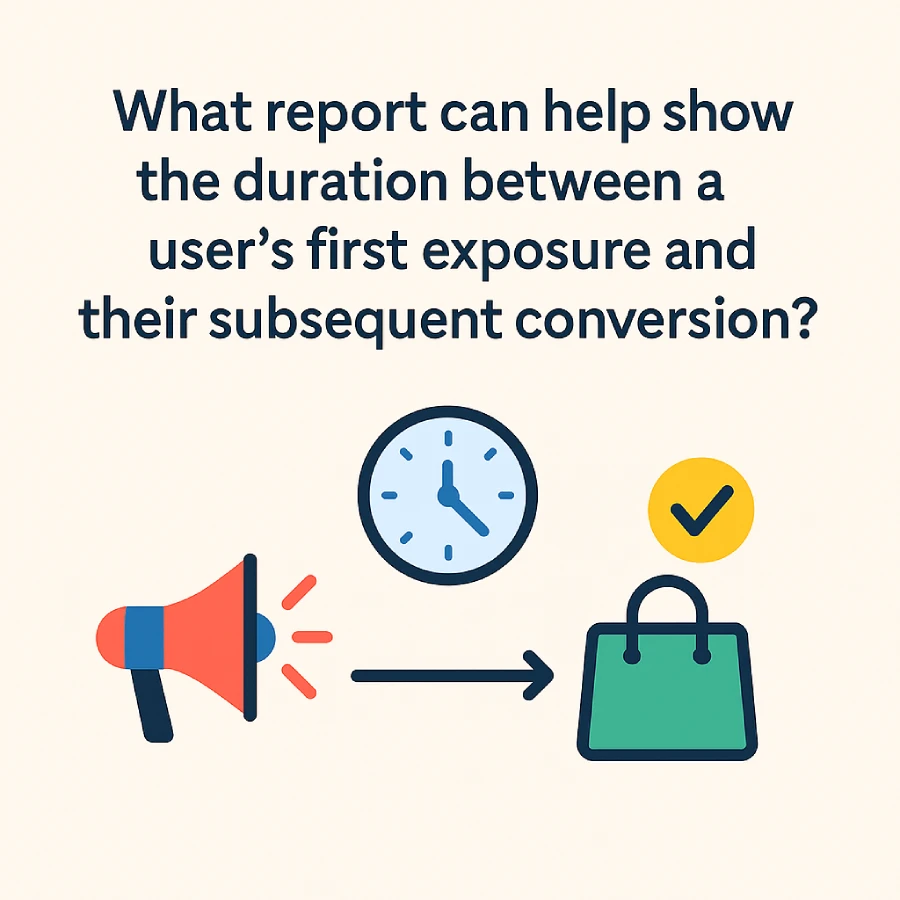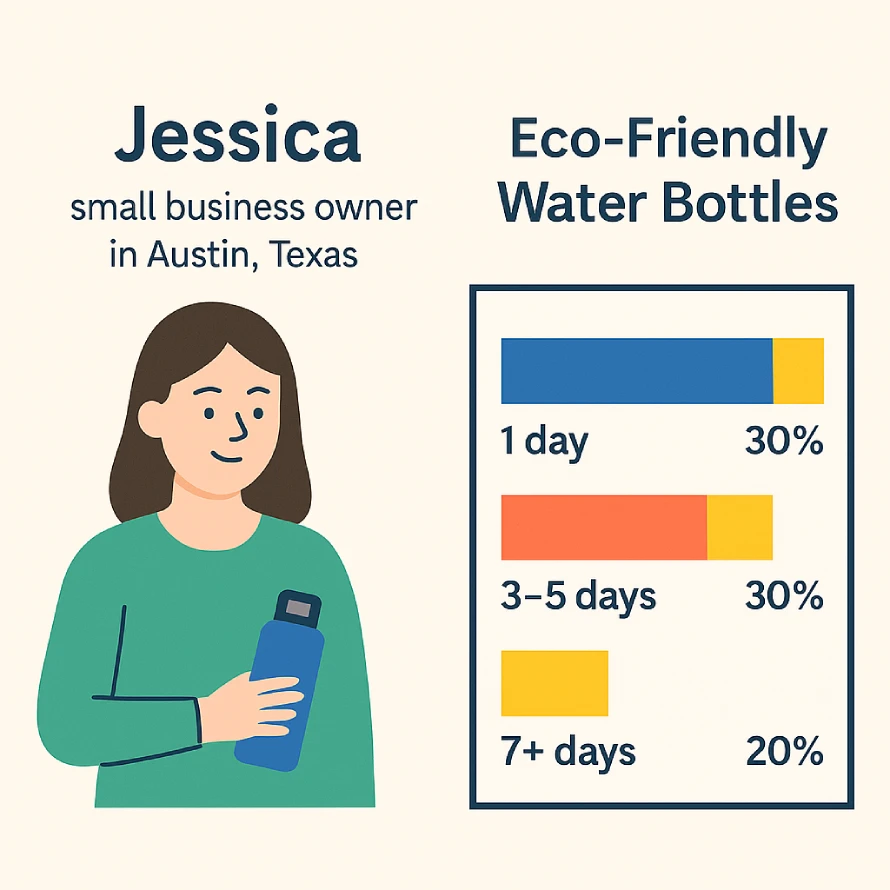The correct answer is “The Time Lag Report.” Why is that the right choice, and why are the other options not correct?
When running ads, not every customer buys instantly. Some click today, think tomorrow, and finally purchase next week. That waiting time is super important for marketers. The Time Lag Report in Google Ads shows exactly how long it takes from the first ad interaction to the final conversion.
In our Miteart blog, I’ll explain in a simple way why this is the right answer, what the wrong options actually do, and how you can apply this knowledge in real campaigns. Let’s dive in.

Table of Contents
Question
What report can help show the duration between a user’s first exposure and their subsequent conversion?
- A) The change history report
- B) The navigation report
- C) The time lag report
- D) The seasonality report
Correct Answer
Details in voice:
C) The Time Lag Report ✅
Why This Answer Is Correct
Why is the correct answer right? Because the Time Lag report is part of Google Ads’ Attribution reports. It measures:
- How long (in days or interactions) it takes for a user to convert after first seeing or clicking your ad.
- Patterns of customer decision-making, showing if conversions happen immediately or after several days.
- How different channels contribute to conversion delays.
This is crucial because most users don’t convert instantly. Some need time to research or build trust before purchasing.
For example:
- If 70% of conversions happen on the same day → you know impulse buyers dominate.
- If most conversions take 5–7 days → you should run remarketing ads to stay visible.
So, the Time Lag Report gives advertisers insight into the “decision window” of customers.
Why the Other Options Are Wrong
Why is the other option wrong? Let’s see, one by one.
- A) Change History Report
- Purpose: Shows edits made to your Google Ads account (like bid changes, keyword updates, or new ad groups).
- Why Wrong: It only tracks your activity inside the account, not user behavior or conversion timing.
- B) Navigation Report
- Purpose: Displays how users move through a site/app.
- Why Wrong: It’s useful for UX analysis but not available in Google Ads. It also doesn’t measure the gap between ad clicks and conversions.
- D) Seasonality Report
- Purpose: Helps adjust bids during expected seasonal changes (e.g., Black Friday, Christmas).
- Why Wrong: It predicts trends, not individual user conversion timelines.
Summary Table
| Report Name | What It Tracks | Why It’s Not Correct (or Correct) |
|---|---|---|
| Change History Report | Changes made inside Google Ads account | ❌ Doesn’t measure user conversion timing |
| Navigation Report | User movement through site pages | ❌ Not about ads → conversion delay |
| Time Lag Report | Time between first ad interaction and conversion | ✅ Correct answer |
| Seasonality Report | Expected performance changes during holidays/events | ❌ Focuses on trends, not time gap |
Real-Life Example

Meet Jessica, a small business owner in Austin, Texas. She runs an online store that sells eco-friendly water bottles.
- Jessica launches a Google Ads campaign right before Earth Day to promote her products.
- After reviewing the Time Lag Report, she notices:
- 50% of conversions happen within 1 day (people already looking for reusable bottles).
- 30% of conversions happen within 3–5 days (shoppers comparing brands and reading reviews).
- 20% of conversions take 7+ days (customers waiting for payday or thinking it over).
👉 With this data, Jessica decides to:
- Keep her ads running consistently for two weeks, instead of shutting them off early.
- Use remarketing ads to remind people who visited but didn’t buy.
- Plan her budget better, knowing that some sales take longer to close.
Without the Time Lag Report, Jessica might have thought her ads weren’t working fast enough. But now she understands the buying journey in the US market often has a delay.
Relevant Resources
- Google Ads Help – Attribution Reports
- Skillshop – Google Ads Measurement Certification
- Google Analytics Guide to Attribution
Conclusion
Not all customers act instantly. Some need hours, days, or weeks before making a decision. The Time Lag Report reveals this hidden pattern, showing you the real journey from first click to conversion.
If you want to build smarter campaigns, manage budgets effectively, and understand customer psychology better → this report is a must-use tool.
FAQ
Can I use the Time Lag Report for all conversions?
Yes, but only for the conversion actions you’ve set up (like purchases, sign-ups, or downloads).
What if most of my conversions happen after 7 days?
That means your sales cycle is long. You should focus on remarketing and nurturing campaigns.
Does the Time Lag Report work with cross-device tracking?
Yes, but accuracy depends on whether users are signed into their Google accounts across devices.
How often should advertisers check this report?
At least once per campaign cycle (monthly or quarterly). It’s especially useful before seasonal promotions.
